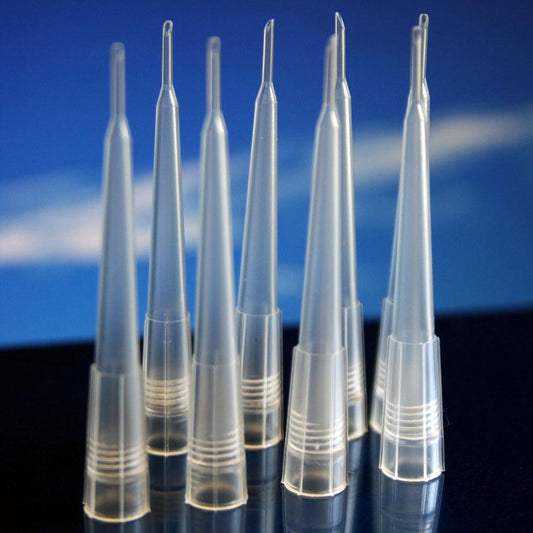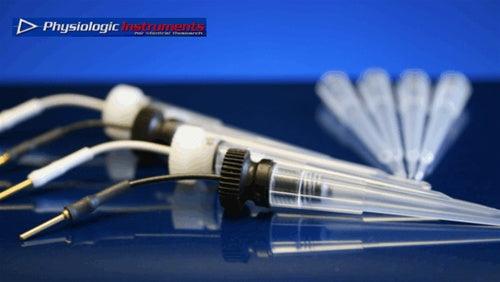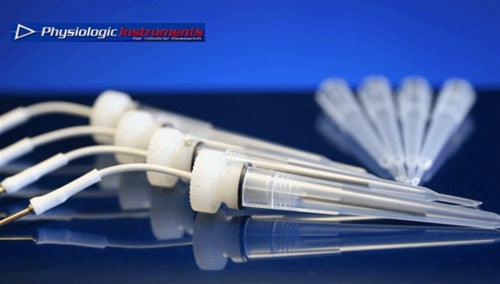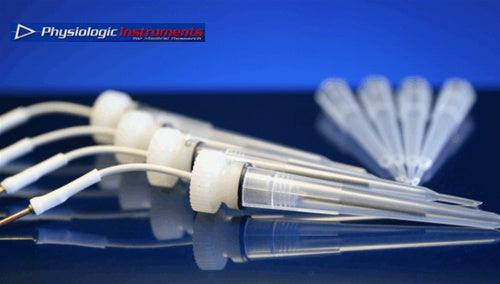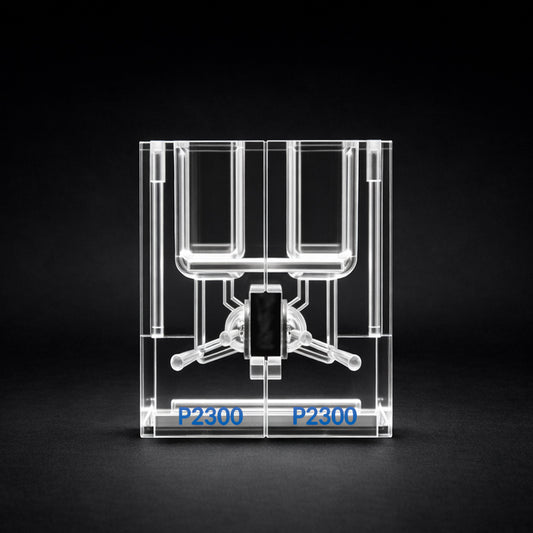Breakthrough CFTR Study Uses Physiologic Instruments Ussing Chamber to Reveal New Therapeutic Pathways
Breakthrough Cystic Fibrosis Study Highlights Role of Physiologic Instruments in Expanding Treatment Possibilities
A newly published study in PLOS ONE (September 16, 2025) has revealed promising new therapeutic avenues for patients carrying the CFTRdele2ins182 variant, a mutation once thought to completely eliminate CFTR function. Researchers from the University of Naples and collaborators demonstrated that alternative splicing and residual channel activity may allow these patients to benefit from existing CFTR modulators — a discovery made possible using advanced Ussing chamber and voltage clamp systems from Physiologic Instruments.

Study Overview: Alternative Splicing Brings New Hope for “Null” CFTR Variants
The research focused on a cystic fibrosis patient carrying the rare CFTRdele2ins182 mutation alongside a complex allele. By carefully analyzing patient-derived nasal epithelial cells, the team discovered that the mutation produces alternative splicing isoforms, some of which retain partial CFTR function. These findings challenge the long-held belief that this mutation is a complete loss-of-function variant.
Even more exciting, the study demonstrated that treatment with CFTR modulators such as elexacaftor/tezacaftor/ivacaftor could significantly enhance the residual channel activity, paving the way for personalized therapies even for patients previously considered ineligible.
Physiologic Instruments’ Ussing Chamber and VCC MC8 at the Heart of the Discovery
A critical part of the study involved short-circuit current measurements to quantify CFTR-mediated ion transport — a gold-standard method for functional analysis of epithelial ion channels. To achieve this, the research team relied on the VCC MC8 multichannel voltage/current clamp system and EasyMount Ussing Chamber from Physiologic Instruments.
These systems allowed precise measurement of inh-172–sensitive currents and detailed characterization of CFTR activity under various treatment conditions. By combining electrophysiological accuracy with modular scalability, Physiologic Instruments’ solutions continue to power breakthrough discoveries in epithelial transport physiology.
Why This Matters for Future CFTR Research
This work highlights an important shift in cystic fibrosis research: even variants once considered untreatable may retain enough residual function to respond to modulators. Functional testing using Ussing chamber systems and voltage/current clamp instrumentation can uncover these subtle activities — information that can directly inform clinical decisions and personalized treatment approaches.
| Highlights | Details | Why It Matters |
|---|---|---|
| Residual CFTR Activity Discovered | Despite CFTRdele2ins182 being considered a null variant, researchers detected measurable CFTR channel activity. | Redefines how clinicians and researchers classify “untreatable” CFTR mutations. |
| Modulator Response Observed | CFTR modulators like elexacaftor/tezacaftor significantly increased channel activity. | Suggests that patients with certain “non-responsive” mutations may benefit from existing therapies. |
| Alternative Splicing Revealed | Multiple transcript isoforms were detected, including one that can produce a partially functional protein. | Expands understanding of how genetic rearrangements can still yield therapeutic targets. |
| Advanced Electrophysiology Used | Short-circuit current measurements with the VCC MC8 Voltage Clamp and EasyMount Ussing Chamber were key to detecting subtle CFTR function. | Demonstrates how Physiologic Instruments systems enable discoveries that standard assays might miss. |
| Precision Medicine Implications | Functional testing in patient-derived cells revealed individualized drug responses. | Paves the way for personalized treatment strategies in cystic fibrosis care. |
Congratulations to the Authors
We extend our congratulations to the research team for this landmark discovery and for advancing the understanding of CFTR biology. Their innovative use of Physiologic Instruments equipment underscores the crucial role that precision electrophysiology tools play in uncovering hidden therapeutic opportunities.
Authors: Cristina Pastorino, Ludovica Menta, Emanuela Pesce, Mariateresa Lena, Valeria Tomati, Valeria Capurro, Marco Di Duca, Vito Terlizzi, Andrea Gramegna, Francesco Blasi, Carlo Castellani, Serena Cappato, Federico Zara, Nicoletta Pedemonte, and Renata Bocciardi
📄 You can read the full article in PLOS ONE:
Alternative splicing and residual function potentially expand the therapeutic landscape of the CFTRdele2ins182 variant

